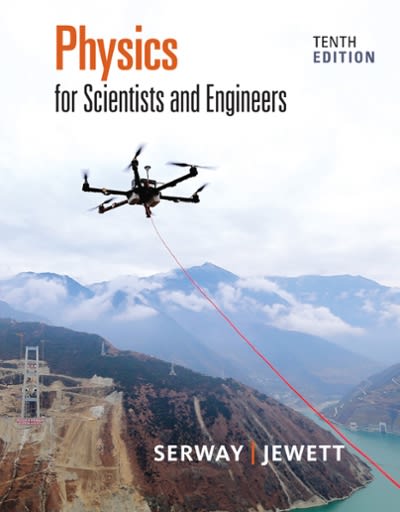Question
The government has spent $1000 million on developing a new aircraft which is suitable for only one route. Unfortunately the aircraft is rather noisy and
The government has spent $1000 million on developing a new aircraft which is suitable for only one route. Unfortunately the aircraft is rather noisy and is in danger of being refused landing rights on this route. There are two possible courses of action: the government can apply for rights now, or it can commission further investment in an attempt to make the engines quieter before an application is submitted. There is no possibility of applying for rights more than once since if they are refused, the political situation will be such that the decision will not be reversed.
The research and development to make the engines quieter would cost $100 million, and the current estimate of the probability of success is 0.7.
Before embarking on this further project, the government can carry a pilot project for $10 million. The report of the pilot project would indicate that, for $100 million, either the quiet engines are certain or they are unlikely. The engineers on the project are biased toward aircraft development, so the government estimates that even if the large project will fail to produce quieter engines, there is still a probability of 0.3 of the pilot project report saying that they are certain. If the larger project will in fact succeed, the pilot project is certain to indicate this. If the pilot project indicates that success is unlikely, then the government will not proceed with the main project and will apply for landing rights with the existing engines. If the pilot project report is favorable, the government will proceed with the larger project.
If the quiet engines are successfully developed, landing rights are certain. If they are not developed, there is only a 50:50 chance of receiving rights. With either quiet or noisy engines, the present worth of operating profits is $300 million.
What is the maximum the government should pay for the pilot test?
Please include a decision tree with perfect predictor analysis showing the upper bound.
Step by Step Solution
There are 3 Steps involved in it
Step: 1

Get Instant Access to Expert-Tailored Solutions
See step-by-step solutions with expert insights and AI powered tools for academic success
Step: 2

Step: 3

Ace Your Homework with AI
Get the answers you need in no time with our AI-driven, step-by-step assistance
Get Started


